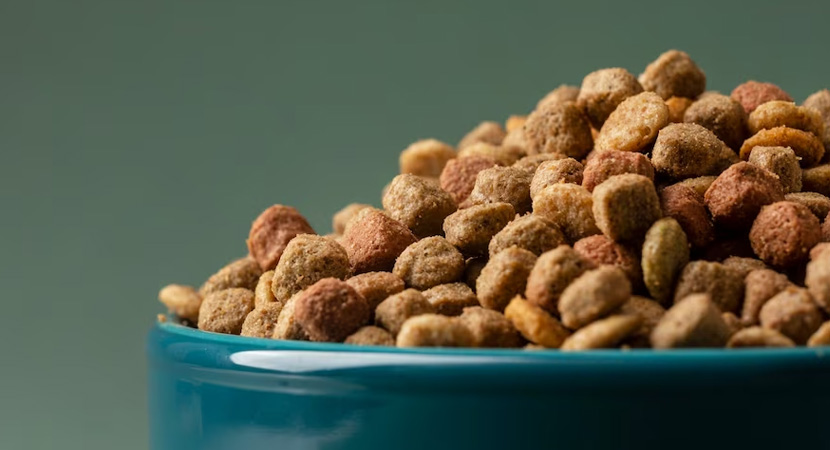
Myths and facts about dog and cat kibble - Cold-pressed kibble is more digestible than extruded kibble
Cold-pressed kibble is another current trend alongside grain-free kibble and is often presented as a food that is more gently processed and thus more digestible than conventional extruded kibble. Another advantage of these pellets is that they do not swell in the stomach and thus reduce the risk of gastric torsion, and that they are the only ones that can be easily combined with a raw BARF diet. However, most of these claims are not based on scientifically proven evidence and are mainly part of marketing. The term cold-pressing is more of an advertising phrase; a more accurate term is granulation or pelleting, a technology that is mainly used in the production of livestock feed. However, it has some disadvantages for the production of dog and cat food. In particular, it achieves a significantly lower level of starch lubrication (and thus lower digestibility) and allows only lower-fat feeds to be processed. The fundamental difference between the two technologies is the temperature achieved during the production process. While in pressing/pelletizing the temperature reaches a maximum of around 80 ⁰C, in extrusion the temperatures tend to be around 120-140 ⁰C. Another difference is in the consistency of the final product. Pressed granules are dense and solid, while extruded granules are brittle and porous. Many manufacturers and sellers of cold-pressed pellets state on their websites and advertising materials that their product is more digestible and contains more readily available nutrients compared to traditional extruded feeds. However, none of them provide references to relevant studies or digestibility tests to confirm their words. Without tests, any such claim is worthless and can only be taken as an advertising slogan. To date, there are only two known studies that have compared the digestibility of pelleted and extruded kibbles and are based on actual digestibility tests on dogs. However, the results of the more recent study in particular speak more in favour of extruded pellets. Also, the claim that extruded kibble reduces the risk of gastric dilatation and subsequent torsion is not supported by any real research. The low temperatures during the extrusion process do not guarantee safe inactivation of pathogenic micro-organisms in the animal raw materials, nor a sufficient degree of starch degreasing and inactivation of antinutritional substances in the plant components. Therefore, to ensure the safety and digestibility of their products, producers must use pre-cooked raw materials, thus negating the presented advantages of cold pressing. In addition, in palatability tests, dogs have been shown to prefer extruded kibbles to compressed kibbles, and palatability is even more problematic in cats. It is also interesting to note that cold-pressed granules are particularly popular in Europe, whereas in other parts of the world they represent only a negligible proportion of dog and cat food.
MVDr. Eva Štercová, Ph.D.